And now after while, the final pdf has become available 🤩
24.07.2025 04:14 — 👍 0 🔁 0 💬 0 📌 0Myriam Heuertz
@mheuertz.bsky.social
Population and conservation geneticist
@mheuertz.bsky.social
Population and conservation geneticist
And now after while, the final pdf has become available 🤩
24.07.2025 04:14 — 👍 0 🔁 0 💬 0 📌 0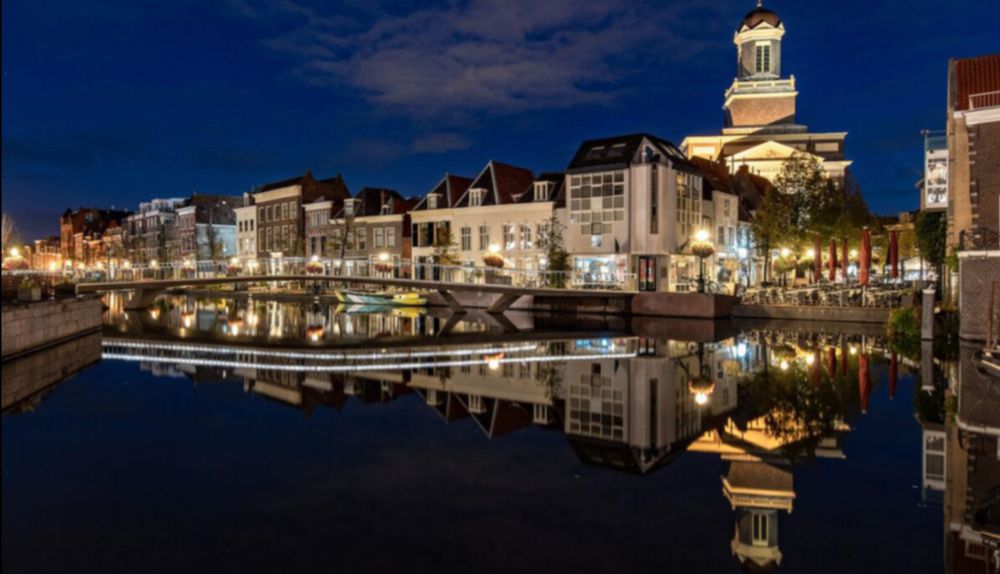
(c) Leiden & Partners
📣SAVE THE DATE📣
The European Congress of Conservation Biology (ECCB) 2026 will be held in Leiden, 6–10 July! The theme of the conference is “Effective Conservation Science”.
Join global experts to explore effective conservation science through keynotes, workshops, field trips, and more.
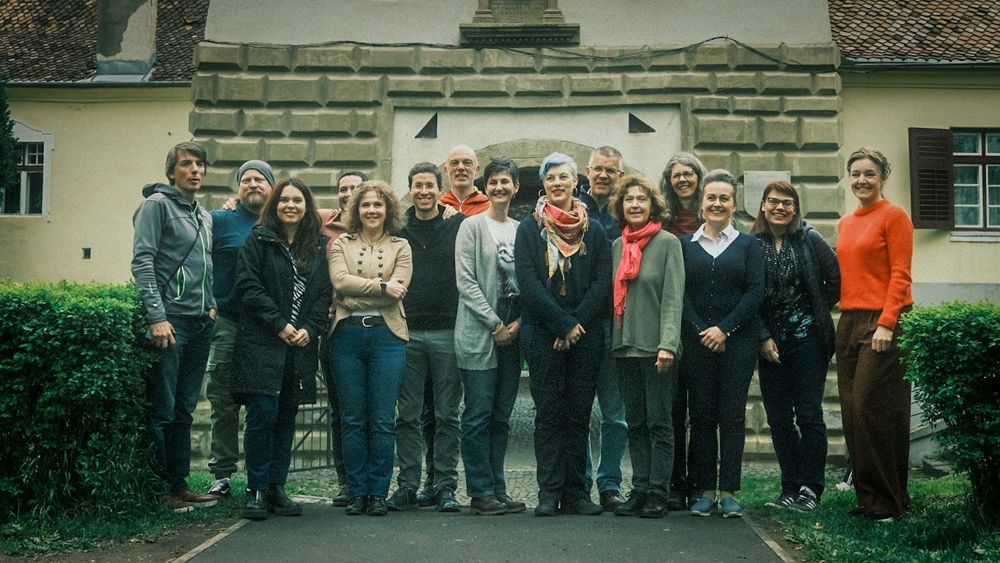
Group photo of scientists in front of old building
#ginamo meeting with #genoa, lots of projects discussion on how to implement genetic diversity in policy with @go70north.bsky.social , @mheuertz.bsky.social , @jmergeay.bsky.social , and all others not on bluesky #consgen
27.04.2025 14:02 — 👍 9 🔁 3 💬 1 📌 0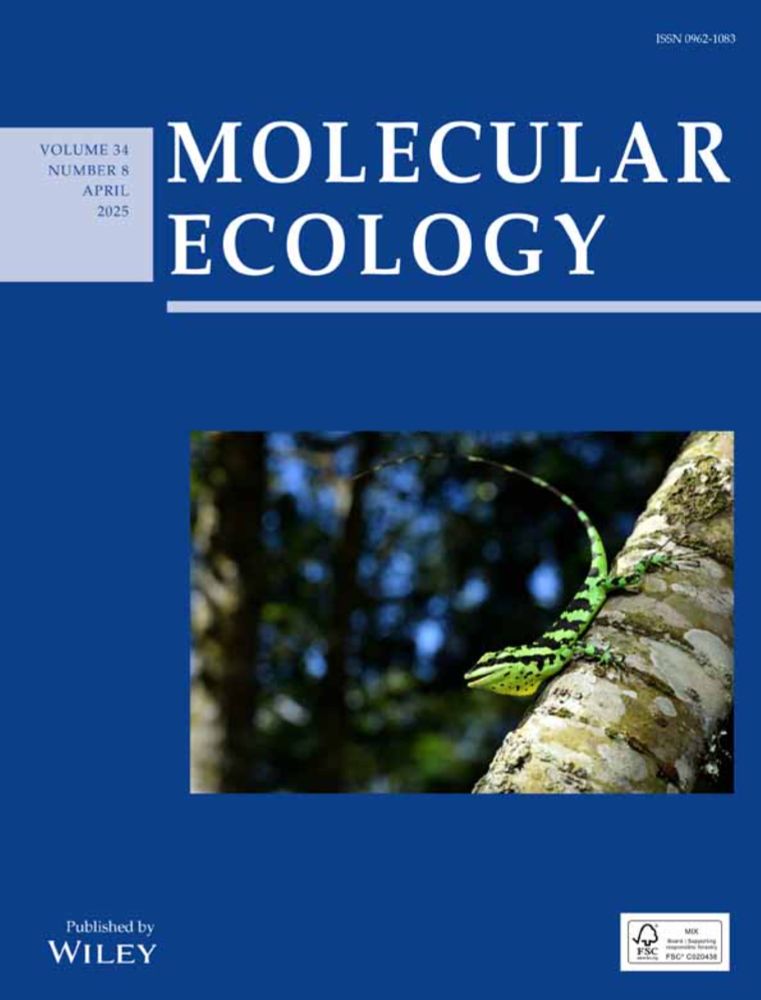
The tropical timber tree angelique, Dicorynia guianensis, is locally adapted to the east-west rainfall gradient in French Guiana! Congrats to Julien Bonnier for publishing this PhD chapter in Molecular Ecology! doi.org/10.1111/mec....
17.04.2025 09:20 — 👍 5 🔁 1 💬 0 📌 0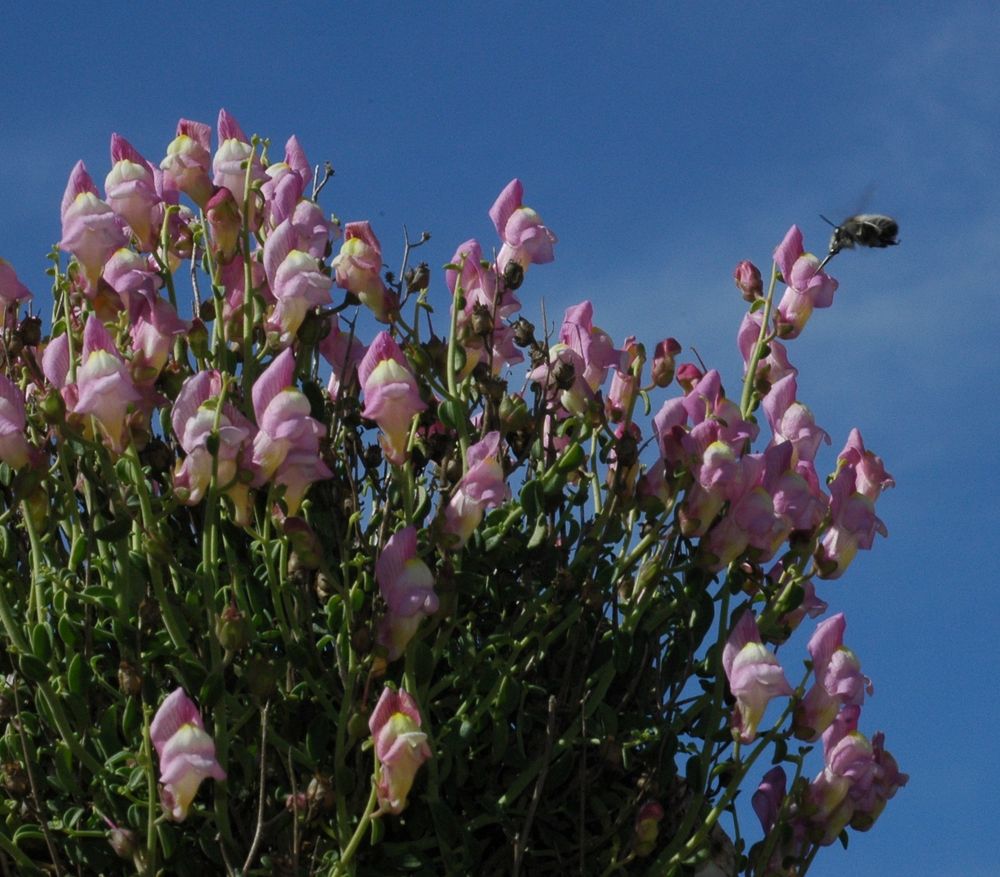
Flowers of endemic snapdragon Antirrhinum charidemi approached by a pollinator bee, Anthophora dispar.
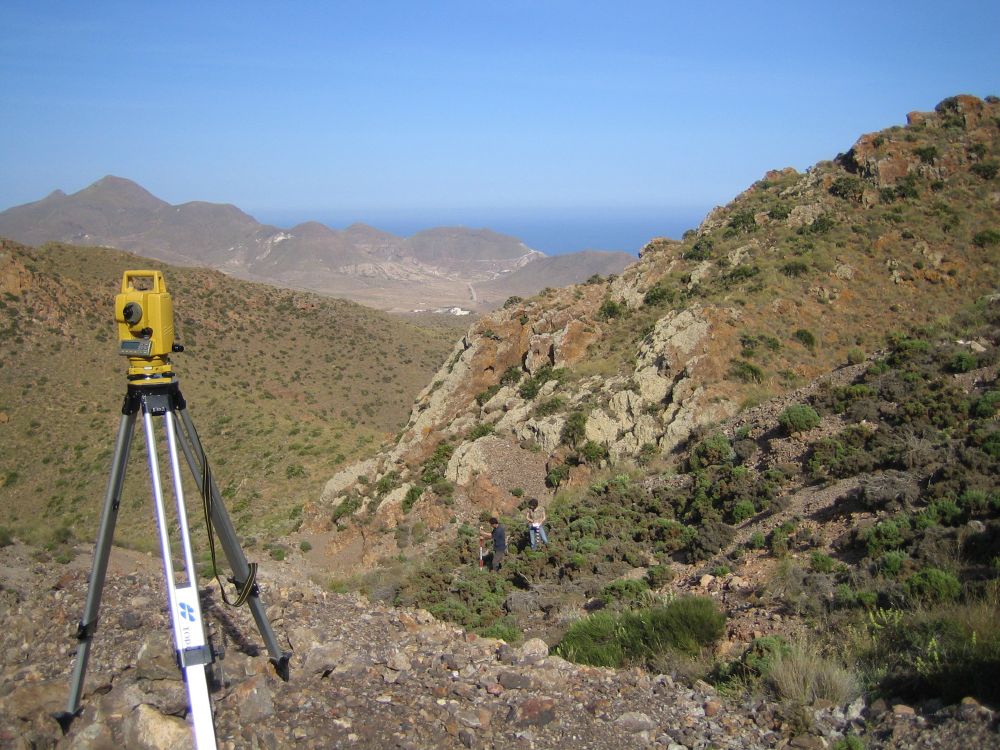
Heterogenous rocky habitat of Antirrhinum charidemi, with scientists establishing plant positions using a Topcon total station.
Spatial isolation drives #genetic 🧬 differentiation more strongly than #flower colour 🌼🌺in an #endemic bee-pollinated snapdragon - differentiation occurs within meters in a heterogenous habitat. Old postdoc work with @pablovargas1111.bsky.social finally published! doi.org/10.1093/aobp...
25.03.2025 06:17 — 👍 6 🔁 2 💬 0 📌 1We're organising today a workshop on #genetic indicators in France, for improved workflows for #biodiversityto the Convention on Biological Diversity. #Biodiversa+ GINAMO
07.02.2025 10:24 — 👍 4 🔁 1 💬 0 📌 0I’ve just done my #eXit! the X exodus is massive. Don't lose any of your followers. Thanks to #HelloQuitX I've registered 494 new passengers for a journey to #BlueSky & #Mastodon. Join us on app.helloquitx.com and automatically find your communities on #January20!
21.01.2025 15:29 — 👍 3 🔁 0 💬 0 📌 0Press release on improved post-2020 biodiversity targets and indicators, with policy brief for conservation professionals and policy makers!@INRAE_NA_BDX @INRAE_BIOGECO @gbike_cost
inrae.fr/actualites/con…
Improved targets and indicators for post-2020 biodiversity conservation! Check out our recent paper with @seanmhoban and @gbike_cost
doi.org/10.1016/j.bioc…
With N. Tysklind, we are looking for candidates to apply for competitive PhD grants: 2 subjects "Mutation in the tropical tree canopy" - "Evolutionary genomics of a tropical tree species complex" @CebaLabex @INRAE_BIOGECO @univbordeaux @univguyane
adum.fr/as/ed/voirprop…
IUFRO Division 2 Coordinator from INRA didn't sign the Curitiba declaration as it fails to recognize deforestation crisis #forests4life #IUFRO2019
t.co/tiVLgbBMCz
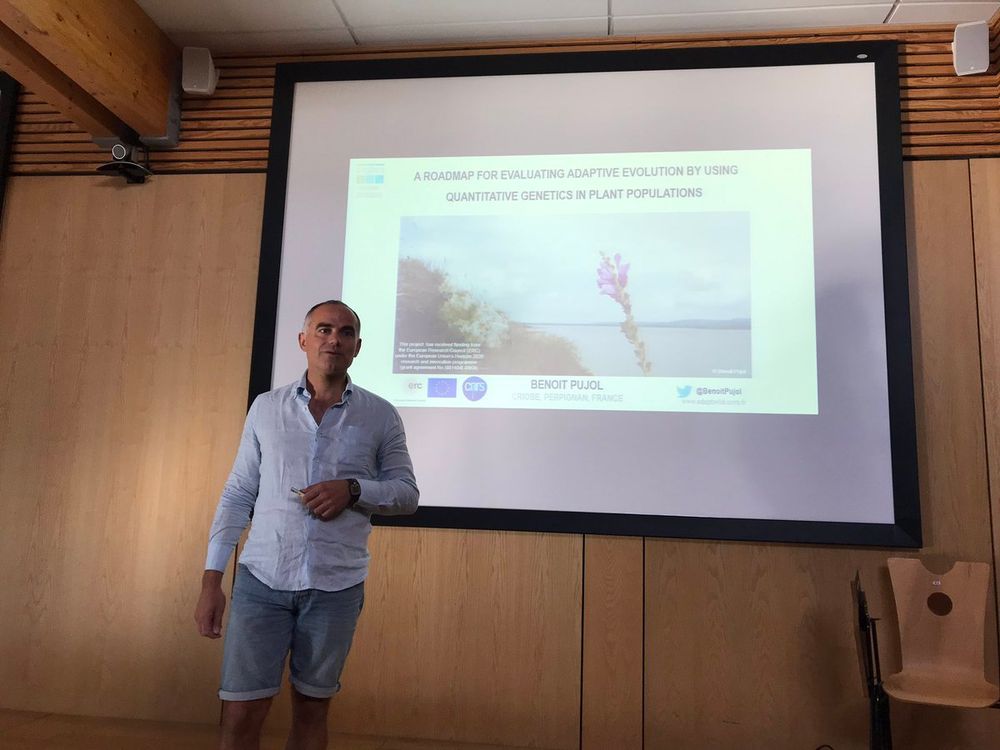
Benoit Pujol @BenoitPujol : Seminar at @Ubiogeco on quantitative genetics in wild plant populations of Antirrhinum majus. #adaptation #biodiversity
20.09.2019 07:34 — 👍 0 🔁 0 💬 0 📌 0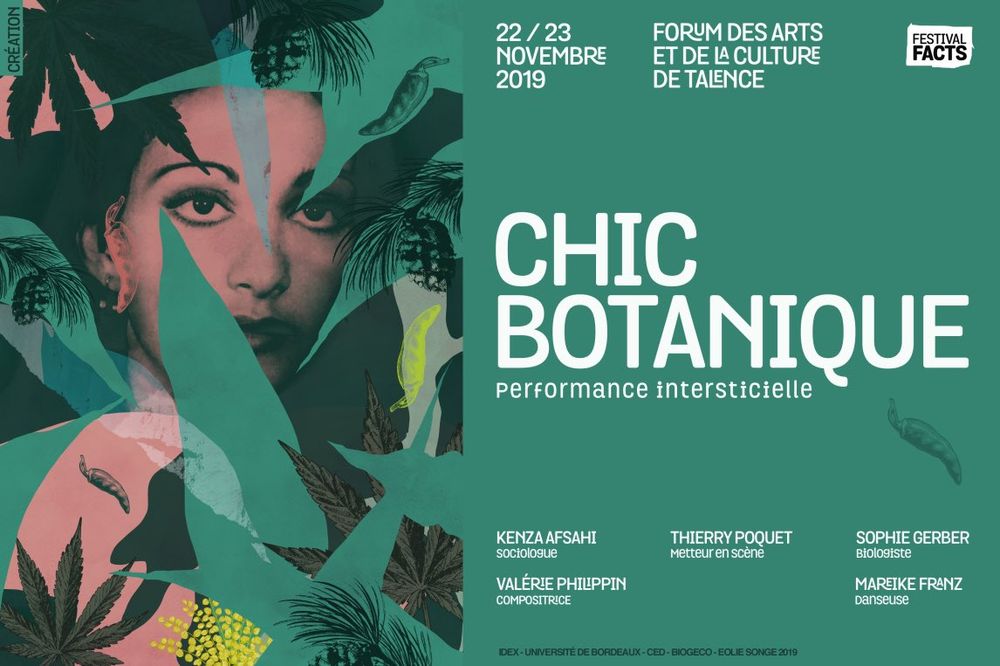
Art-science performance on the intelligence of plants @Ubiogeco this evening #biodiversity #dance #botany
19.09.2019 14:12 — 👍 0 🔁 0 💬 0 📌 0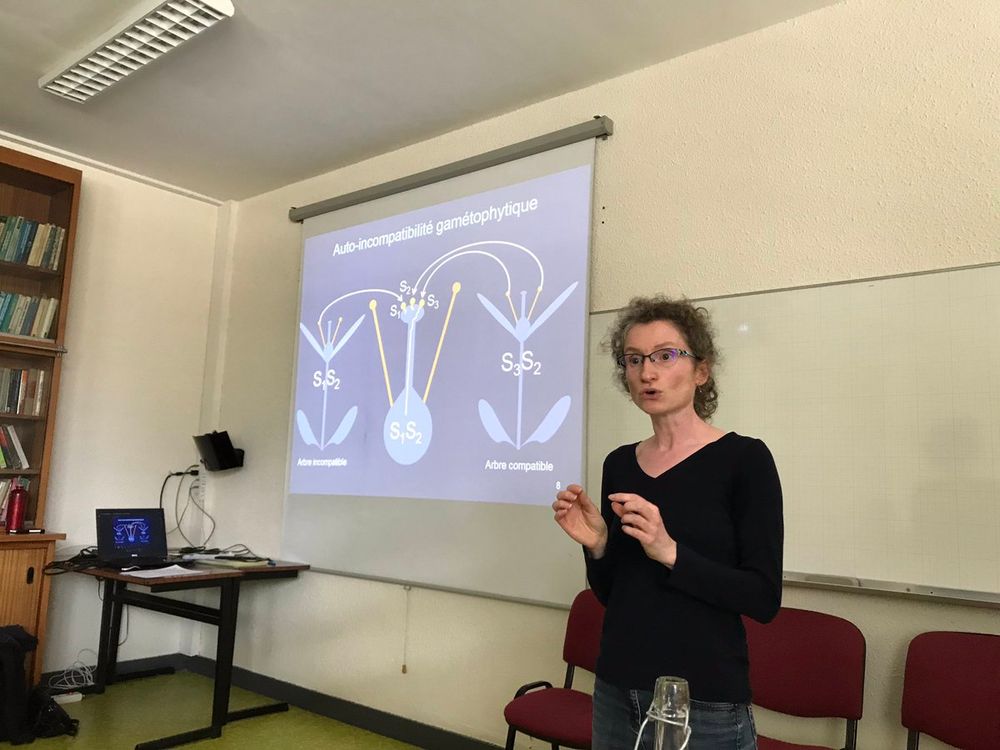
Passionate discussions on clonality and self-incompatibility: Stéphanie Mariette defending her HDR thesis @Ubiogeco #evolution #biodiversity
11.09.2019 13:50 — 👍 0 🔁 0 💬 0 📌 0Proud to let you know that my first recommendation on a preprint submitted to @PCIEvolBiol is now online! #openscience
x.com/PCIEvolBiol/st…
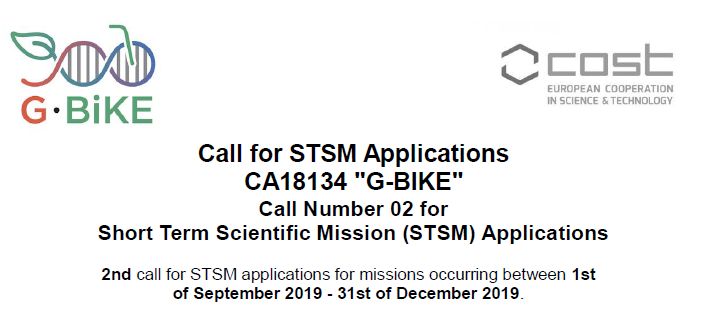
New call for short term scientific missions by COST action @gbike_cost on #conservationgenomics, deadline 01/08/2019, register on
services.cost.eu
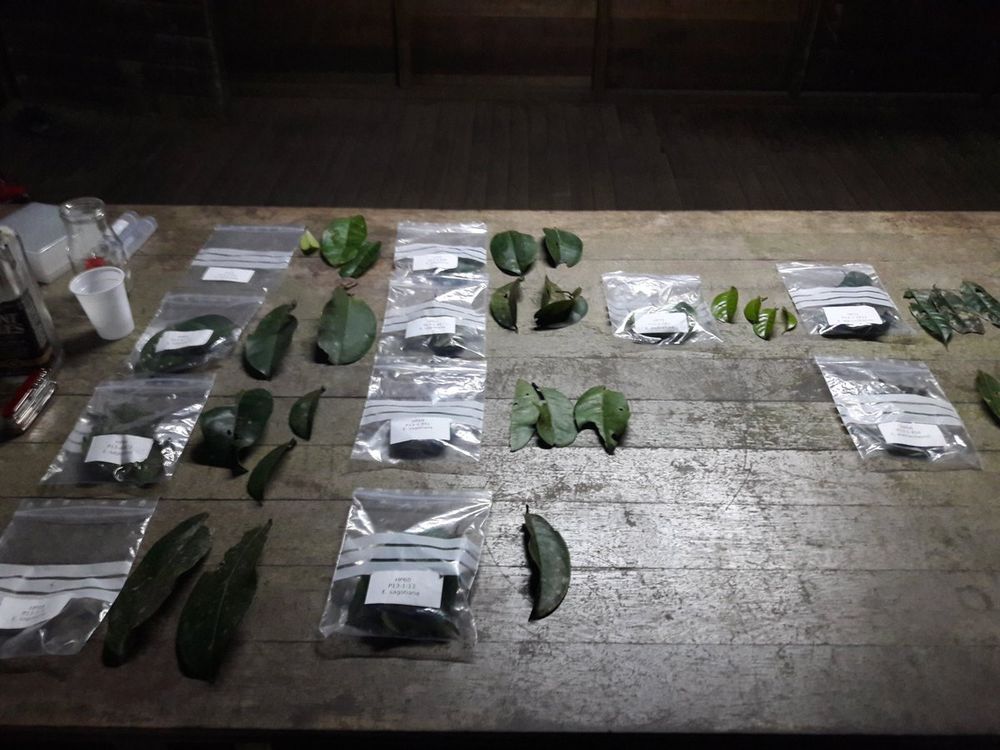
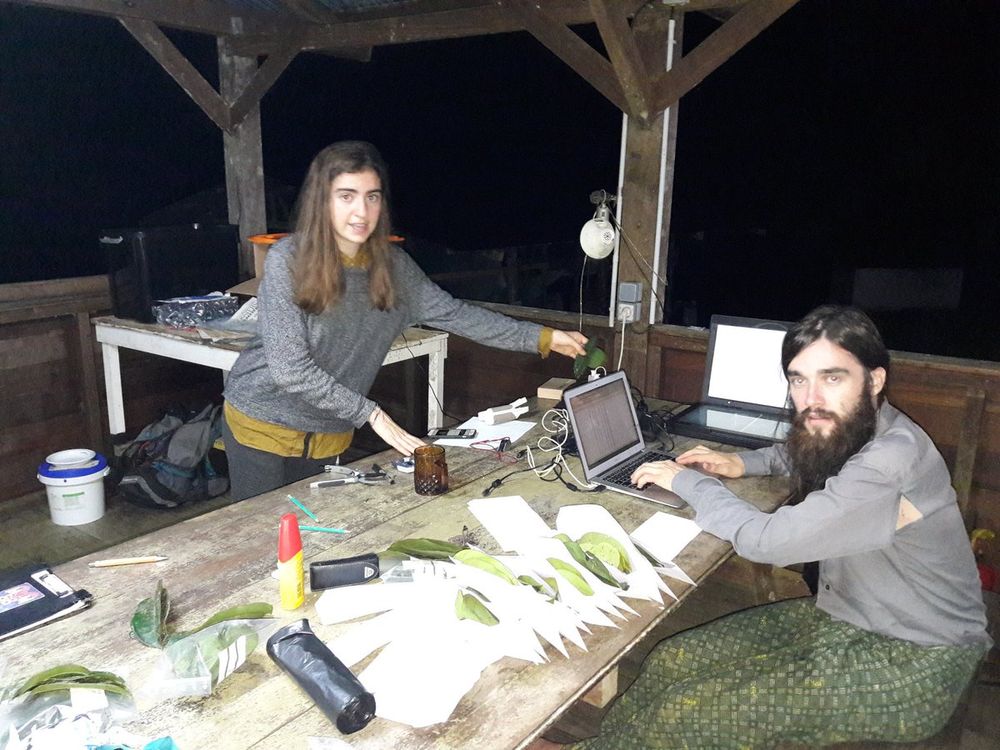
Sampling closely related Eschweilera (Lecythidaceae) species in @Cirad plot Paracou in French Guiana, LECYTOMICS projet, Guyamazon call, @Ubiogeco
05.10.2018 14:16 — 👍 0 🔁 0 💬 0 📌 0Roman Link: within species variation in Costa Rican trees explains high variance in loos of conductivity #gtoe18 @SDelzon
28.03.2018 08:18 — 👍 0 🔁 0 💬 0 📌 0
Truly impressive talk of Barnabas Daru on phylogenetic biogeography for #biodiversity conservation! #aetfat2017
19.05.2017 11:42 — 👍 0 🔁 0 💬 0 📌 0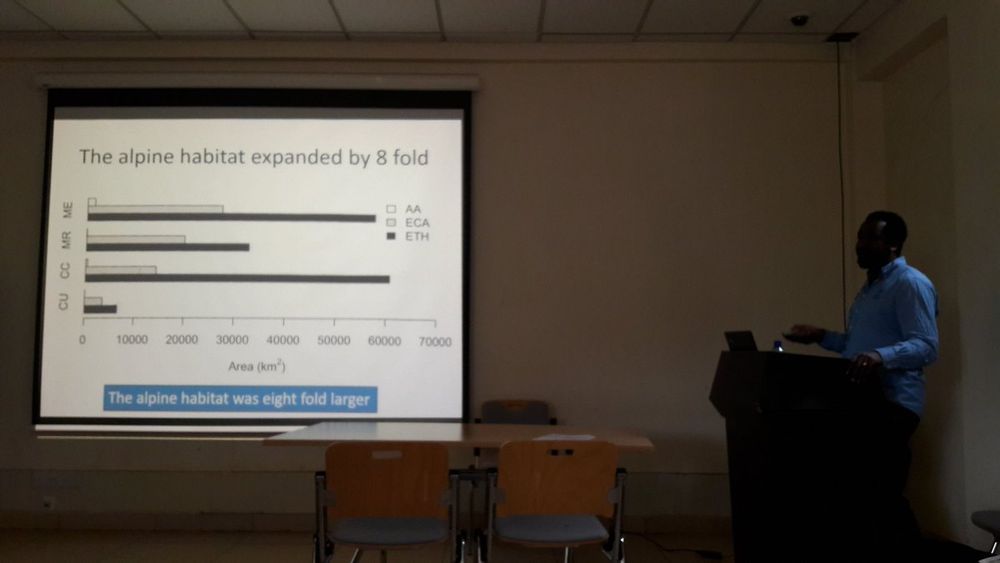
Desalegn Chala: ecological niche modelling to show expansion of Afro-Alpine habitat during last glacial maximum #aetfat2017
19.05.2017 06:05 — 👍 0 🔁 0 💬 0 📌 0W
bt
Bkbj
;ivjjbejkBwhw
Vbs
Barbara ;
U4jHwj#
Shi4€*>%,
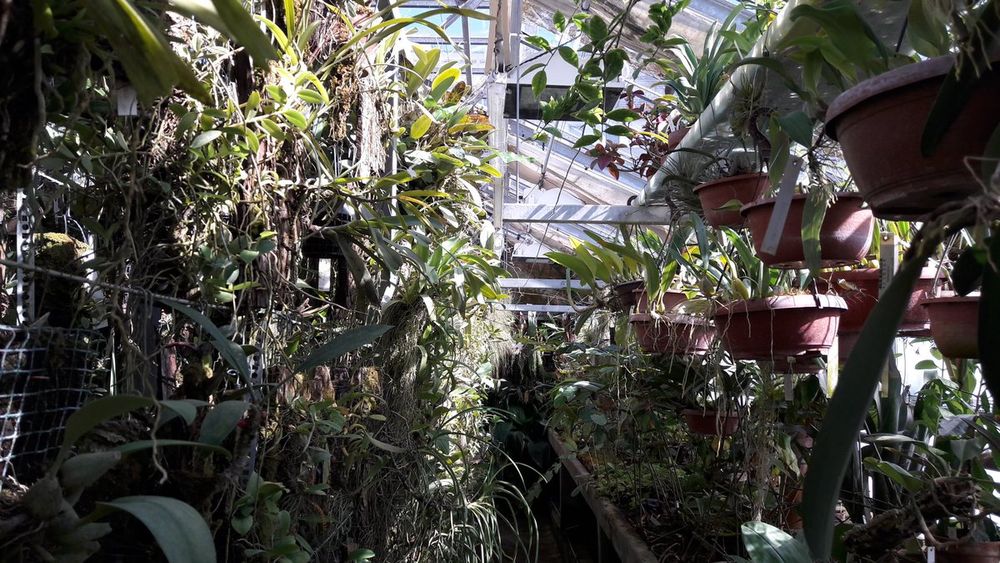
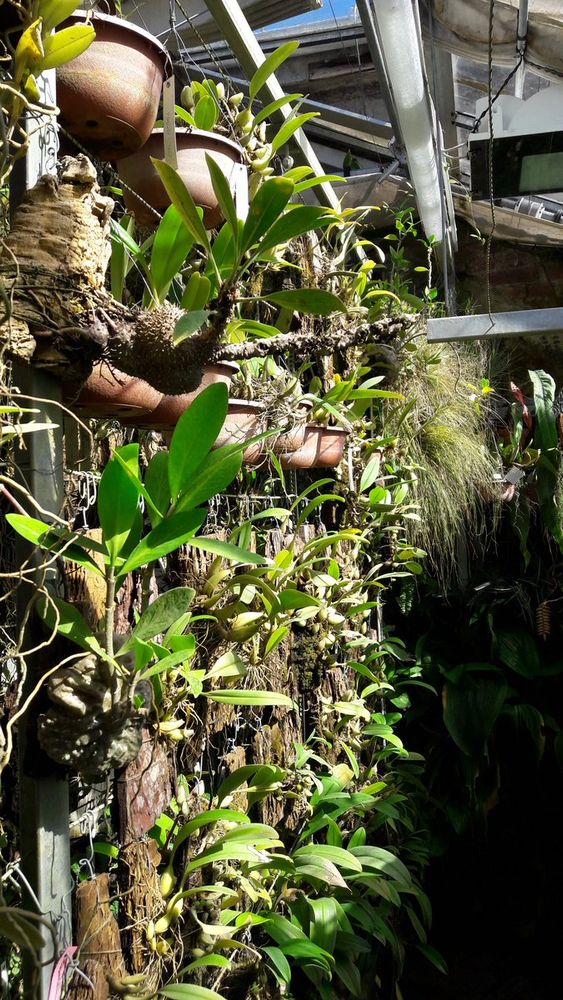
Spectacular orchid and bromeliad collections at the botanical garden of Vienna #biodiversite
28.03.2017 12:21 — 👍 0 🔁 0 💬 0 📌 0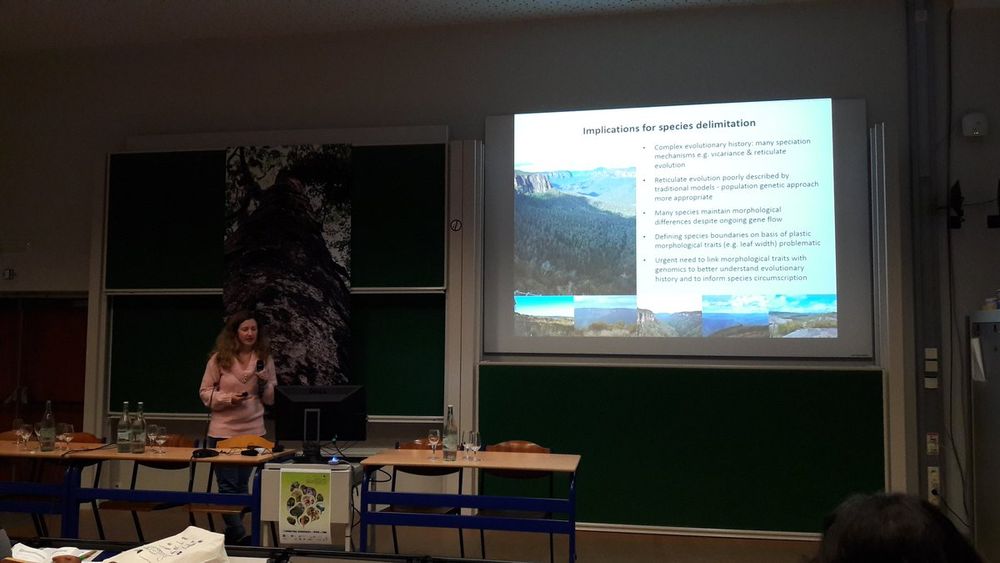
Reticulate evolution in eucalypts, insightful talk by Susan Rotherford #gtoe17
07.02.2017 09:16 — 👍 0 🔁 0 💬 0 📌 0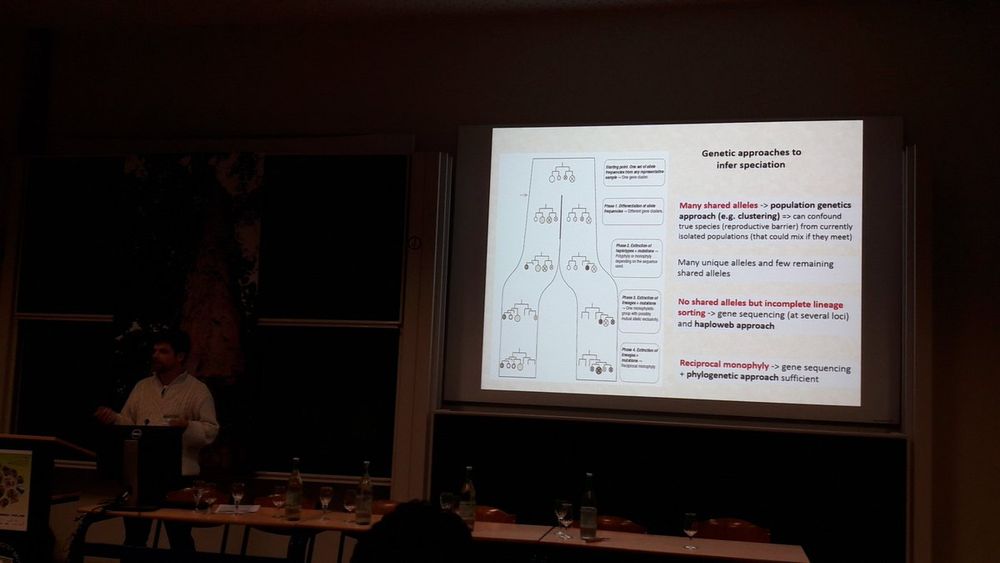
Super interesting talk by Olivier Hardy on species delimitation in tropical trees #Africa #gtoe17
06.02.2017 15:59 — 👍 0 🔁 0 💬 0 📌 0An exciting and diversified special on #phylogeography in @JBiogeography with contribution of @Ubiogeco!
x.com/JBiogeography/…
Human disturbance needed for the regeneration of #tropical light-dependent #rainforest species
elifesciences.org/content/6/e203…
Common ash in northern Europe: loss of genetic diversity and increased genetic structure
dx.doi.org/10.1371/journa…